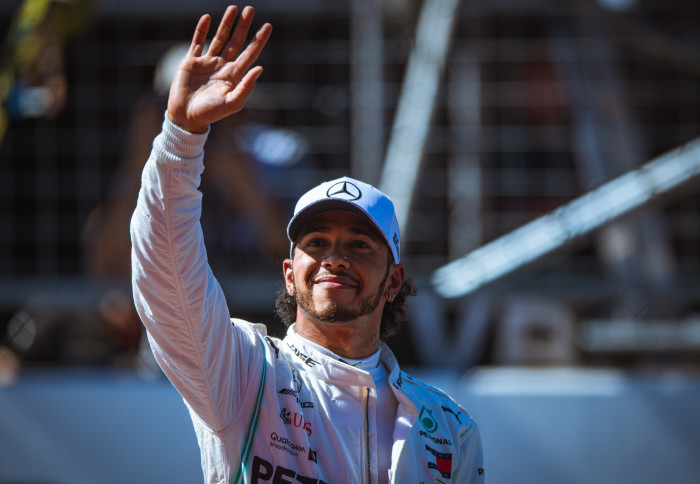
Lewis Hamilton, June 2019

Imperial’s President will help improve representation of Black people in motorsport through a new initiative led by Lewis Hamilton.
Change isn’t coming quickly enough, and we need to know why Lewis Hamilton Formula One World Champion
Professor Alice Gast has been appointed to the Board of The Hamilton Commission, a research project that will work to identify the key barriers to recruitment and progression of Black people in UK motorsport, and provide actionable recommendations to overcome them.
The Commission will be co-chaired by Six-Time Formula One World Champion Lewis Hamilton MBE and Dr Hayaatun Sillem CBE - Chief Executive of the Royal Academy of Engineering. It was launched earlier this year to coincide with heightened public interest in the Black Lives Matter movement, and greater scrutiny of race inequality in society.
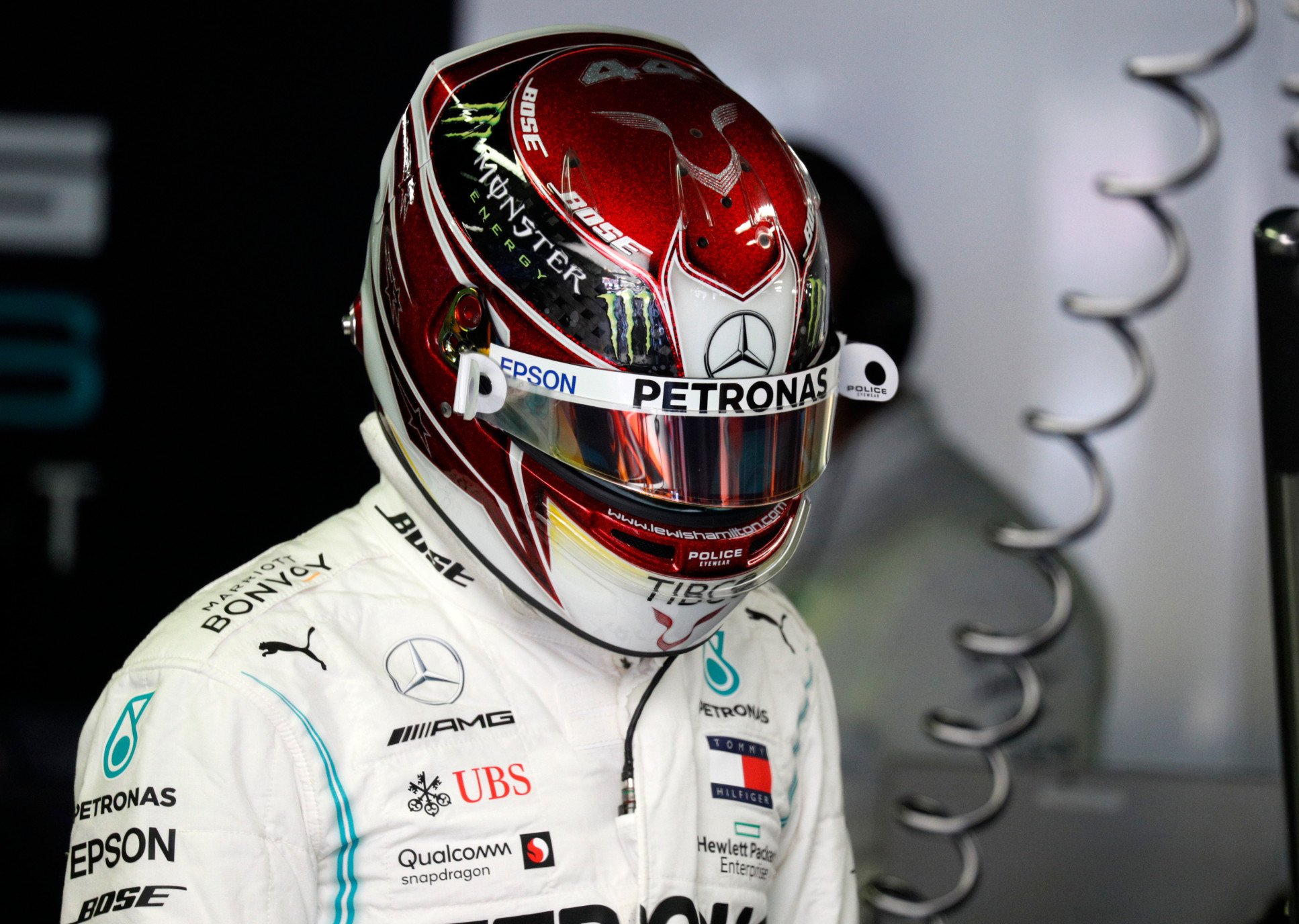
Professor Gast joins 13 other industry leaders and experts from the UK on the board, who represent a diverse range of relevant fields including motorsport, engineering, education, community groups and politics.
Inclusion and excellence go hand in hand Professor Alice Gast President, Imperial College London
Members of the board will be responsible for reviewing and informing The Hamilton Commission’s research methodology, examining findings and helping to identify the key challenges and opportunities facing young Black people entering STEM careers - particularly in UK motorsport, and advising on the final actions and recommendations that result from the research. Commissioners will also support with championing and implementing recommendation from the resulting report within their sphere of influence.
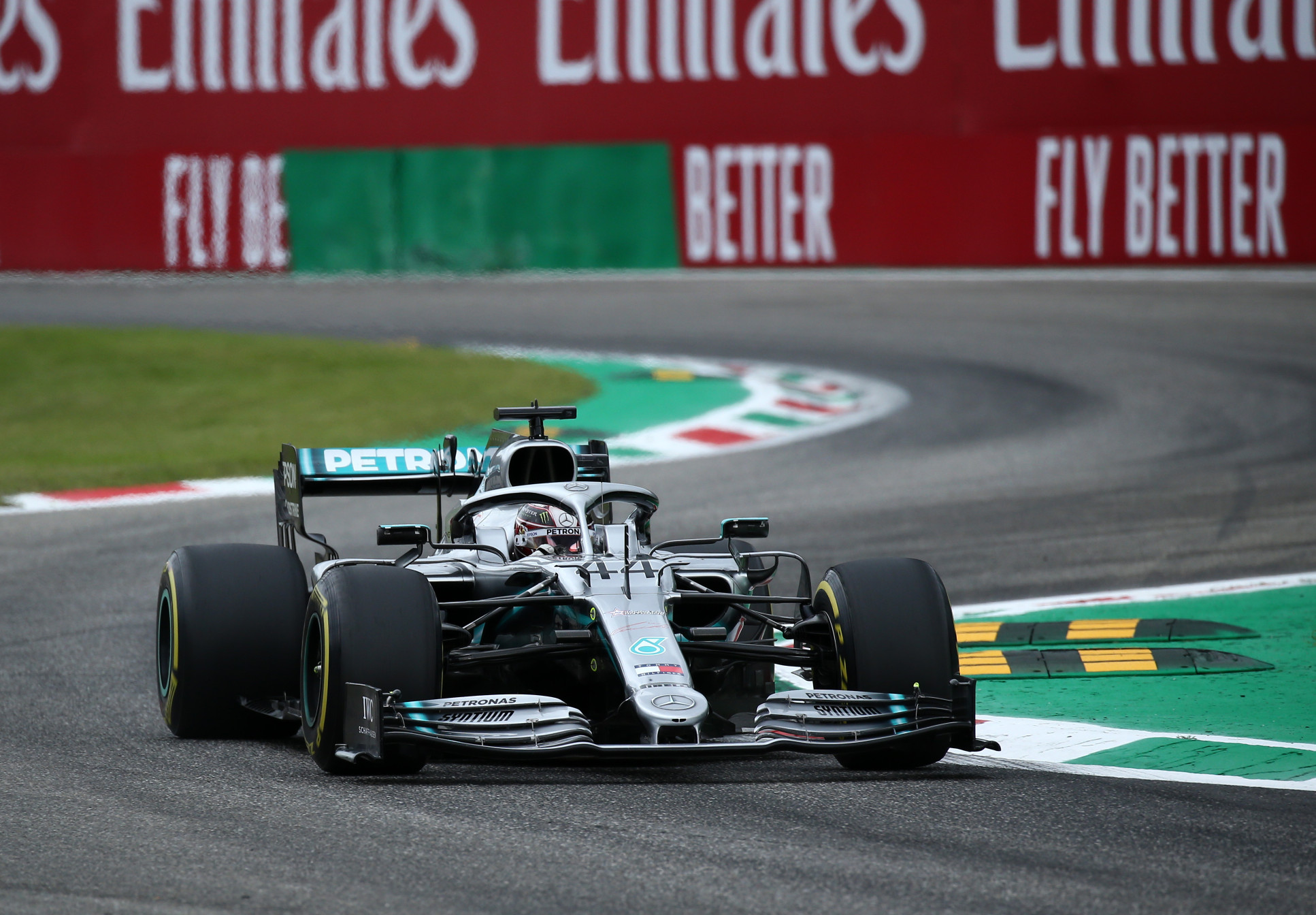
The current world champion, widely regarded as one of the greatest drivers of all time, is an outspoken advocate for racial equality. This season he has taken the knee before races, worn Black Lives Matter t-shirts, and highlighted cases of racial injustice and police brutality. He has used his profile and influence to promote diversity in motorsport and engineering throughout his career.
Lewis Hamilton said: “Since I began my professional racing career in Formula One, 14 years ago, I was the first driver of colour and to this day, sadly that is still the case. However, what is more concerning is that there are still very few people of colour across the sport as a whole. In F1, our teams are much bigger than the athletes that front them, but representation is insufficient across every skill set – from the garage to the engineers in the factories and design departments. Change isn’t coming quickly enough, and we need to know why. This is why I wanted to set up the Commission and I’m proud to be working with the Royal Academy of Engineering and our incredible Board of Commissioners to identify the barriers facing young Black people to take up STEM careers in motorsport. We are dedicated to this cause and together, we will make a change.”
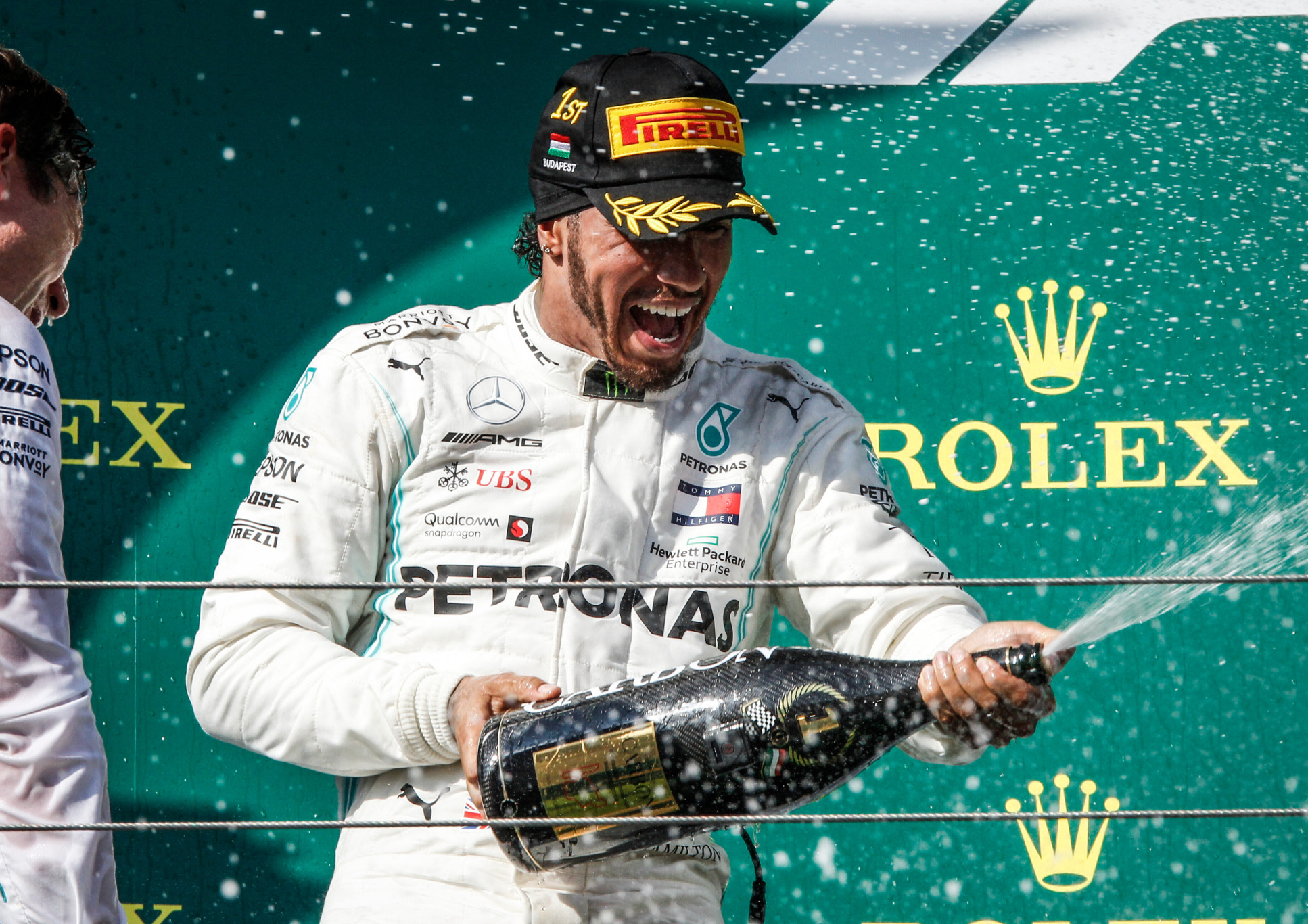
Professor Alice Gast, President of Imperial College London, said: "Lewis Hamilton's vision in founding The Hamilton Commission will not only strengthen Formula One and motorsport, but will help bring needed talent into engineering. Inclusion and excellence go hand in hand. Lewis is a role model for future stars of engineering and innovation as much as he is a sporting icon and I’m very pleased to be working with him."
Commission Co-Chair Dr Hayaatun Sillem said: “At the Royal Academy of Engineering, one of our priorities is to ensure that the UK has a world-leading and truly inclusive engineering workforce, something that we can only achieve if we boost the numbers and diversity of those choosing engineering careers. This is why we are so delighted to be partnering with Lewis in establishing The Hamilton Commission to improve the representation of Black people in UK motorsport. I was honoured to be asked to co-chair with Lewis our wonderful Board of Commissioners, who have each been carefully selected based on their experience, expertise and commitment to tackling racial injustice. This is a truly unique opportunity to drive transformational change on this crucial issue, and in the process to learn more about how we can enrich diversity in other parts of engineering and society.”
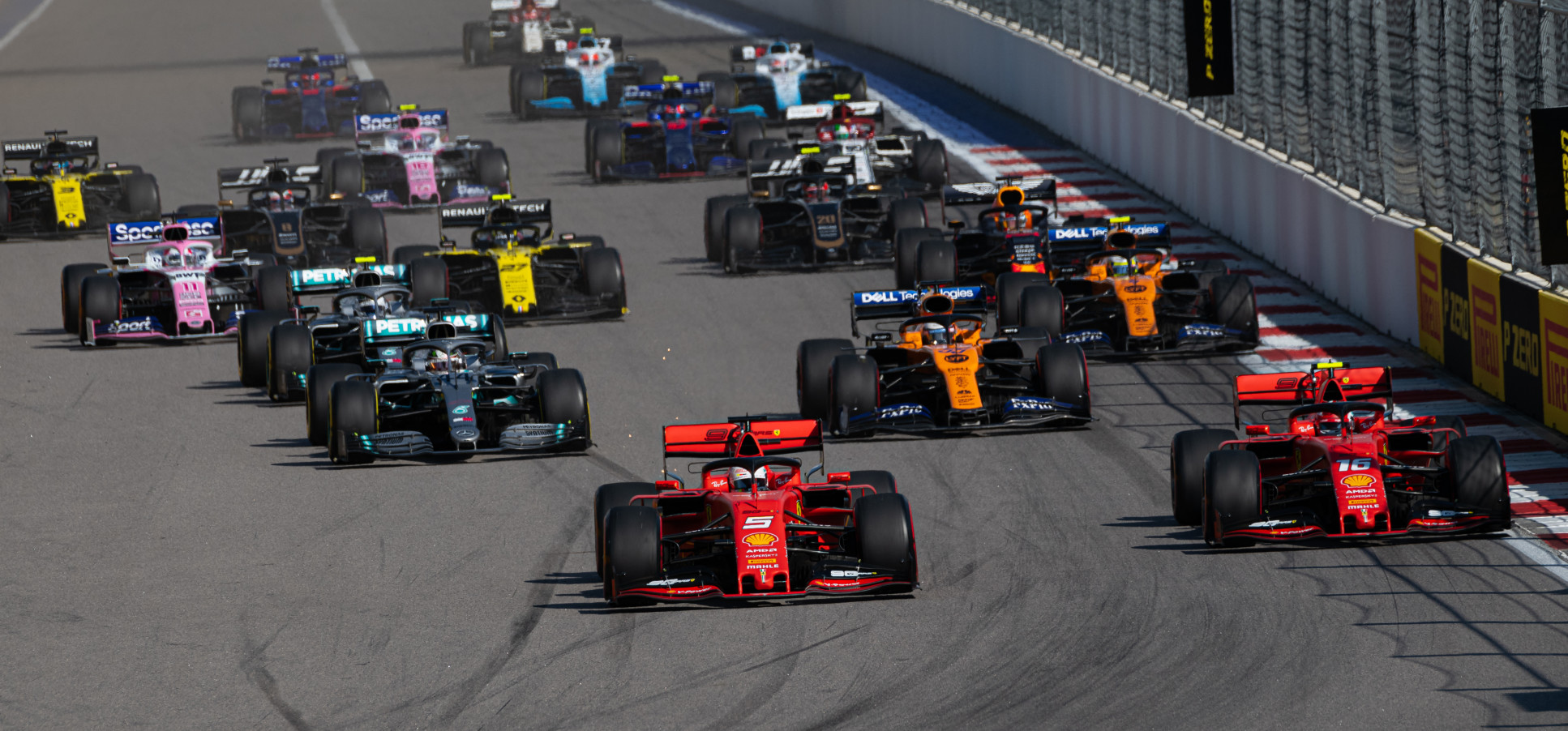
Formula One at Imperial
Imperial has been a driving force for talent and innovation in Formula one, almost from its inception. Scores of alumni from the Department of Aeronautics work for F1 teams, as do many other Imperial graduates.
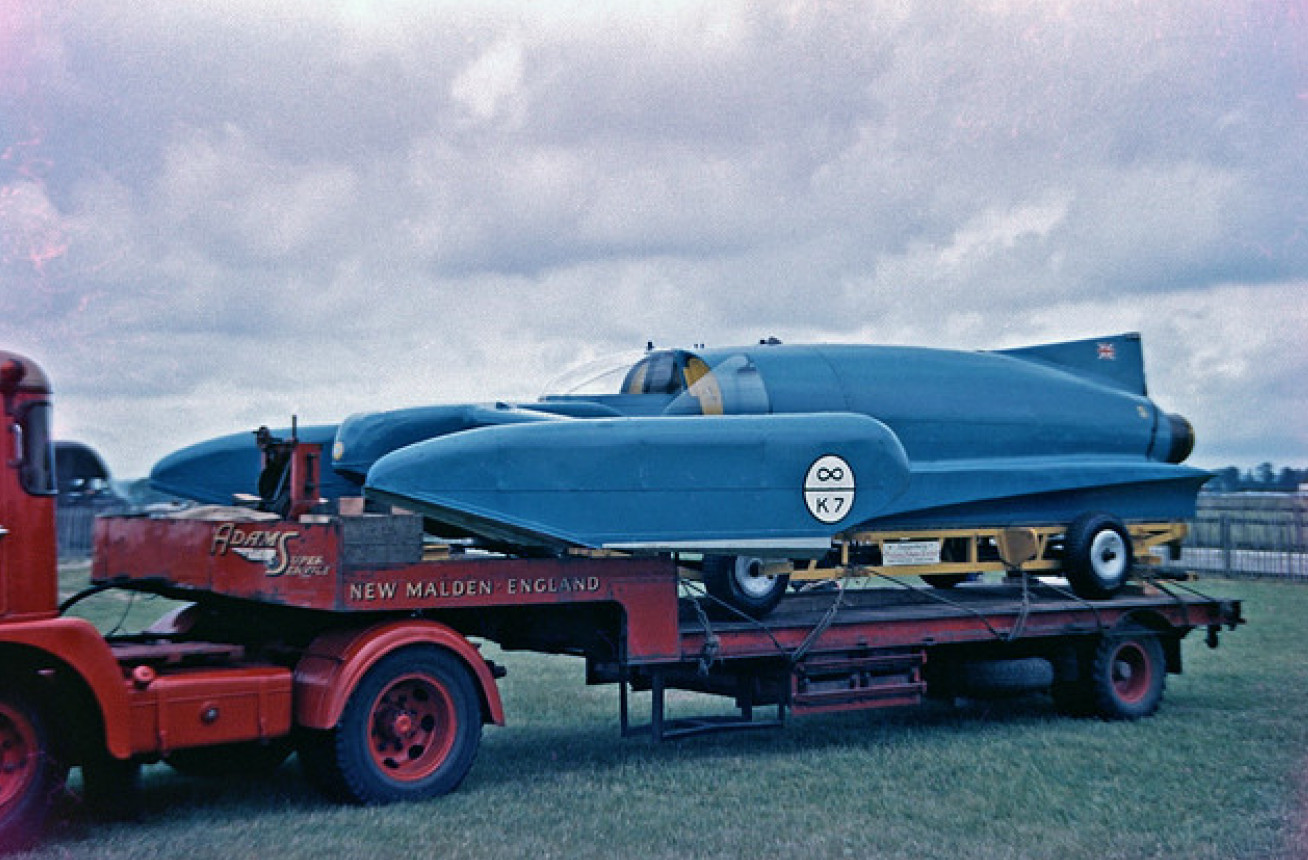
In the 1960s, when the importance of aerodynamics in Formula One racing was becoming more widely appreciated, the department became involved in much of the pioneering work in this field - including pivotal wind-tunnel testing for Donald Campbell on his Bluebird record breaking car. A contract from Honda in the 1980s enabled the department to build a substantially larger wind tunnel, the Honda 10x5 Tunnel, optimised for race-car testing.
Since then the wind tunnels at Imperial have been used by many major Formula One teams including McLaren, Williams and Ferrari. The governing body of Formula One, the FIA, commissioned a program of testing at the Imperial wind tunnel to determine how downforce and drag are affected during an overtaking manoeuvre.
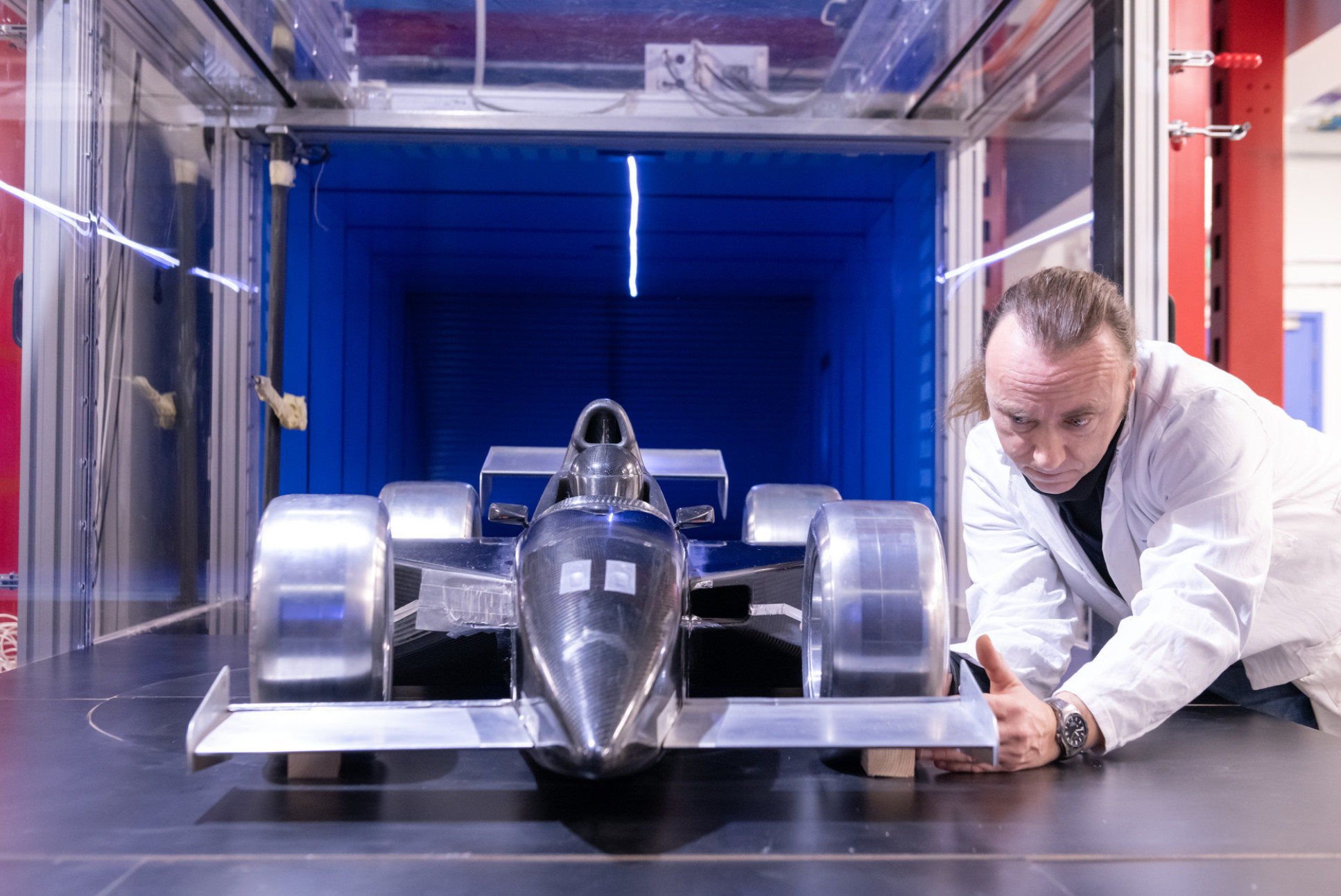
Recent research carried out into flow control techniques and the development of cutting-edge numerical and experimental methods has allowed specific and significant improvements in the aerodynamic design of Formula One racing cars. Professor Peter Bearman’s research into the geometry changes and their effect on drag has led to improved lap times and a more competitive race environment. Professor Spencer Sherwin has made key developments to the high order numerical code, Nektar++, allowing the accurate and transient simulation of flow around or over complex geometries. Sponsored by McLaren, he has applying these methods to numerically simulate the unsteady flow around geometries relevant to a Formula One car.
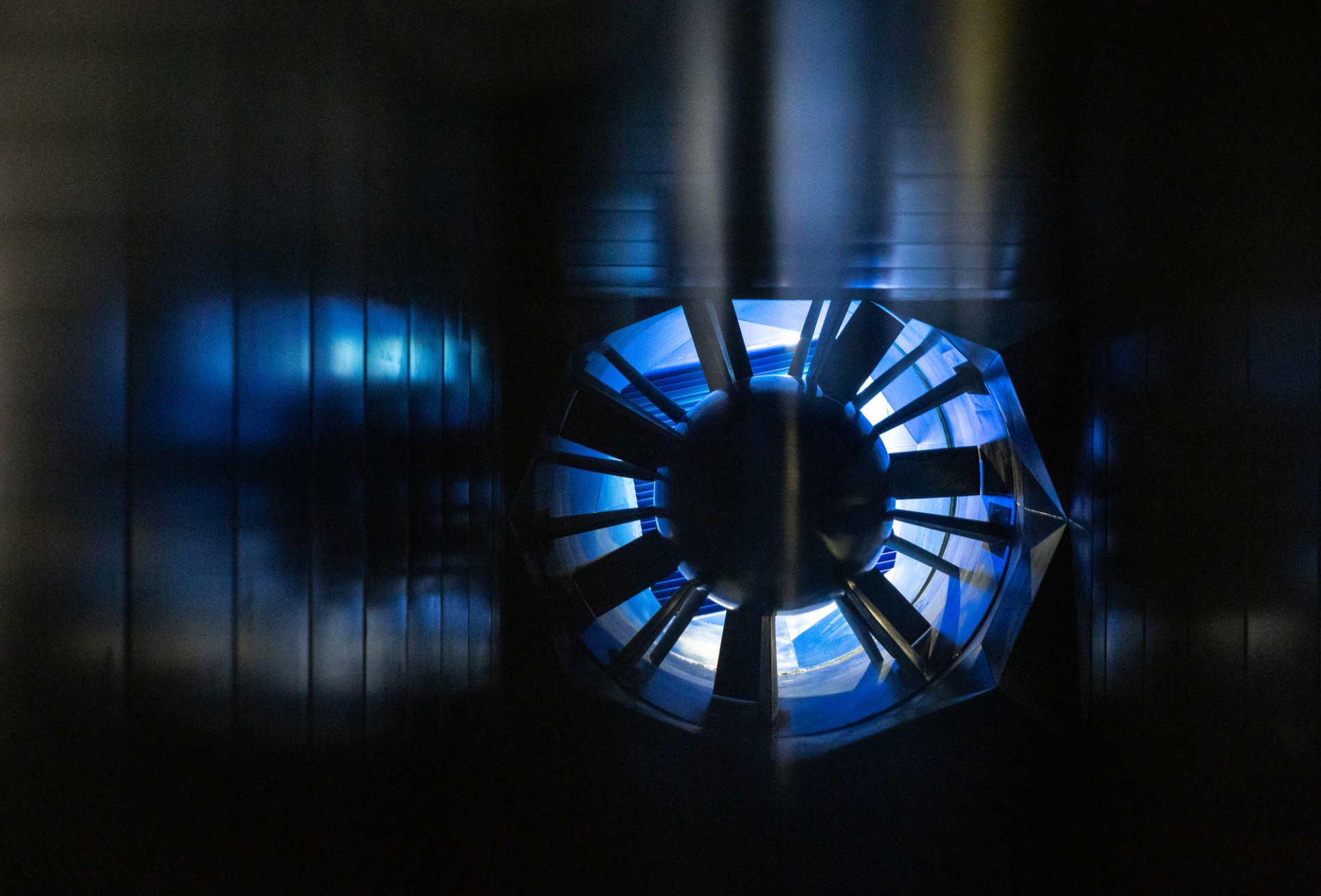
Tackling racial inequality at Imperial
Earlier this year Imperial’s President announced a series of initiatives to address current and historic racial injustices at Imperial and beyond.
Among immediate steps being taken are driving forward a new outreach programme targeting Black students in London with the aim of doubling the number coming to Imperial by 2024-25, establishing a new scholarship fund to support Black students, and commissioning a working group to examine the College's history and legacy in the context of colonialism and empire.
Find out more about what Imperial is doing to drive race equality.
Article text (excluding photos or graphics) © Imperial College London.
Photos and graphics subject to third party copyright used with permission or © Imperial College London.
Reporter

Deborah Evanson
Communications Division

Contact details
Tel: +44 (0)20 7594 3921
Email: d.evanson@imperial.ac.uk
Show all stories by this author



Leave a comment
Your comment may be published, displaying your name as you provide it, unless you request otherwise. Your contact details will never be published.